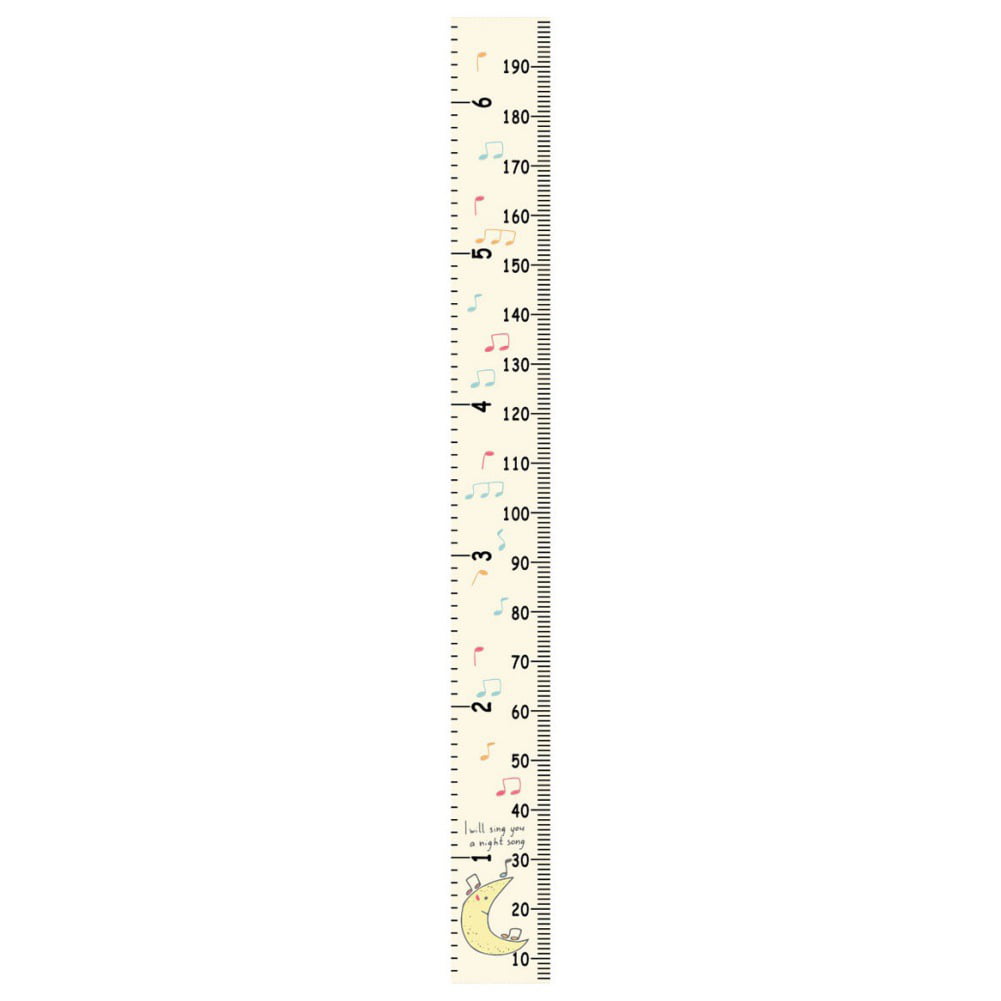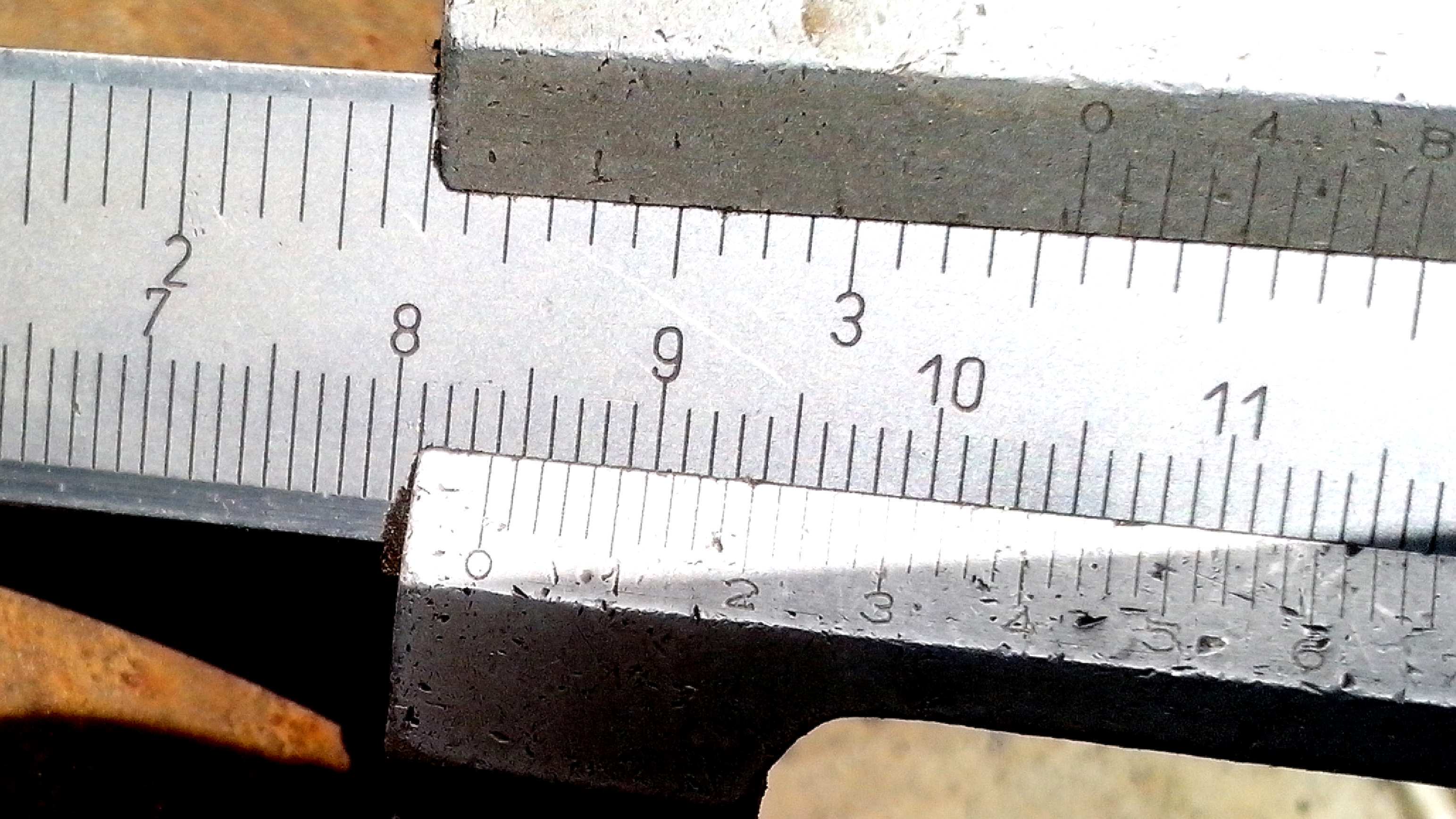
The 1/4 mark was the second longest, etc.ġ1. Of course, the line for the 1/2 mark was longest, because it had 1/2, 2/4, 4/8, & 8/16 lined up one beneath the other. I been writing the fractions on the whiteboard the whole time the students were folding their "ant-units." Without saying anything I started drawing lines down from the edge of my "ant trail" to the bottom of each fraction or set of fractions. We also reviewed equivalent fractions this way.ġ0. For a quick fraction review I asked some questions like, "if Timmy ant walked 3/4 of the distance and Jimmy ant walked 7/8 of the distance in one minute, who walked the farthest?" "If the ants had a timed race, and at the end of 20 seconds there were ants on the 3/8, 3/16, & 3/4 marks, who won the race?" etc. Whenever we came to a fold that already had a fraction written there, I asked the students to write the new fraction below the previous one.ĩ. We did the same thing twice more, dividing the piece of paper into 1/8's & 1/16's.Ĩ. Of course, 2/4 had to go right below the 1/2 we had already written.ħ. This time when they opened it we talked about the fact that it was now divided into 4 sections, & wrote the fractions 1/4, 2/4, 3/4 on the appropriate folds. Then we folded in back in 1/2, and folded it again.Ħ. I had them write the fraction 1/2 on the fold, near the edge of the paper.ĥ. We talked about the fact that the ant-unit was now in 2 parts, and if an ant walked to the fold and stopped he had only walked 1 of the 2 parts (1/2) of the distance.Ĥ. Then after a minute or two I had the fold the paper in half.ģ. I made up some silly story about a picnic that they needed to get to, etc, just to get their attention.

I told them that the length of the paper was a new unit called "ant-units." It represents the distance an ant can walk in 1 minute.Ģ. MATERIALS: strips of narrow paper, cut into any lengthġ. It's amazing how few kids really understand the division of the ruler into 1/4's, 1/8's, 16th's, etc.
#Ruler measurement how to
One of the best ideas I used recently was to teach the students how to read a ruler. Summary: A fun and creative way for students to learn how to use and read a ruler.

Summary: Use sidewalk chalk and dinosaur measurements in this artful activity to make drawings that can help with perspective and understanding. This indicates resources located on The Teacher's Corner. Don't forget to include additional resources, documents, or a photo.


 0 kommentar(er)
0 kommentar(er)
